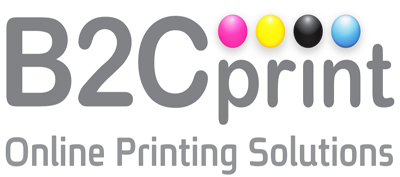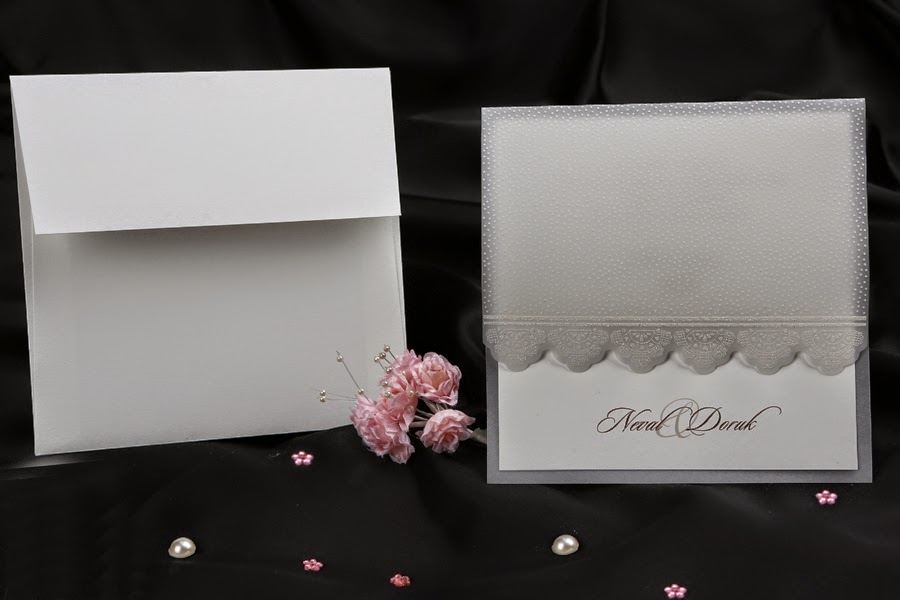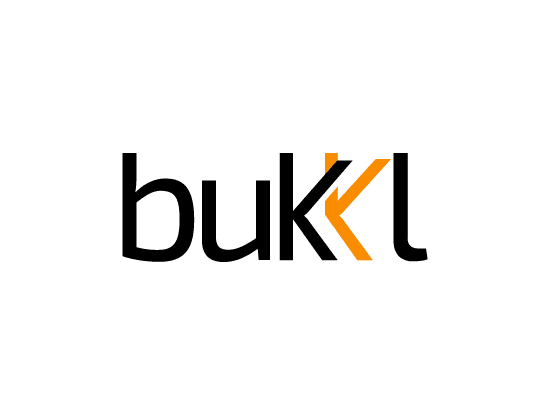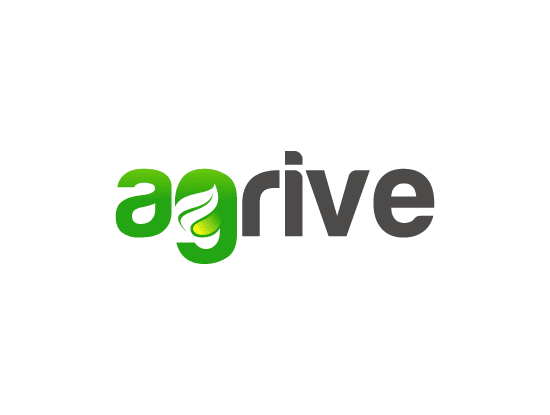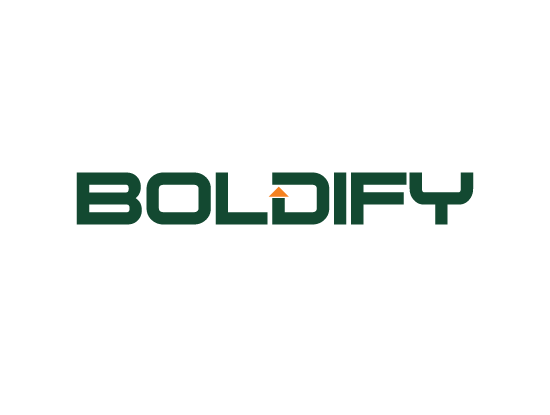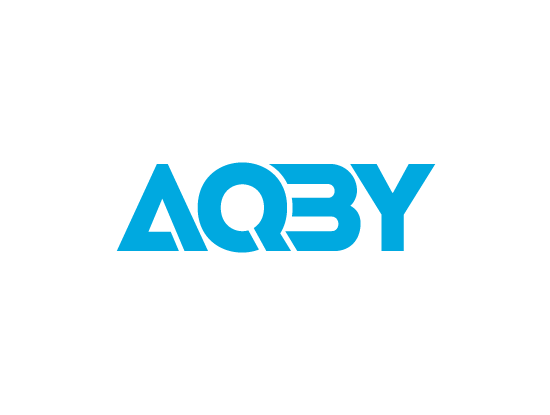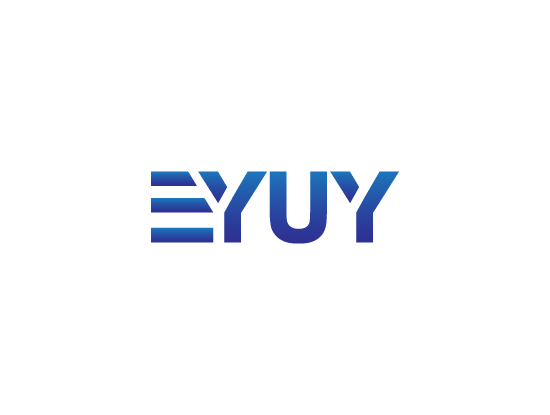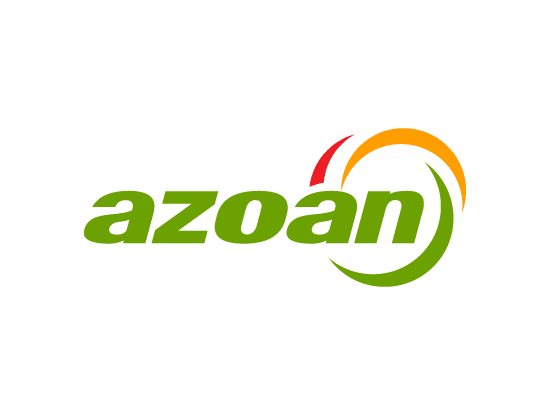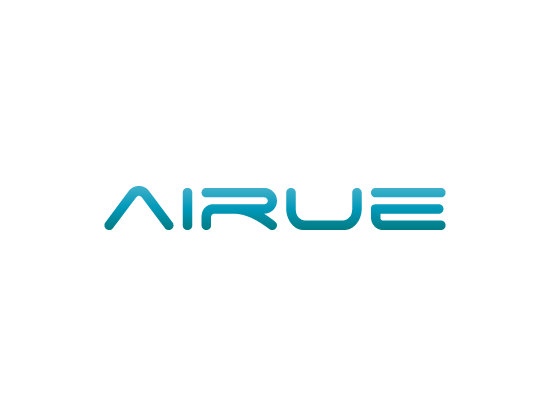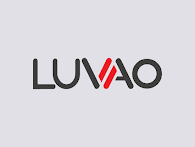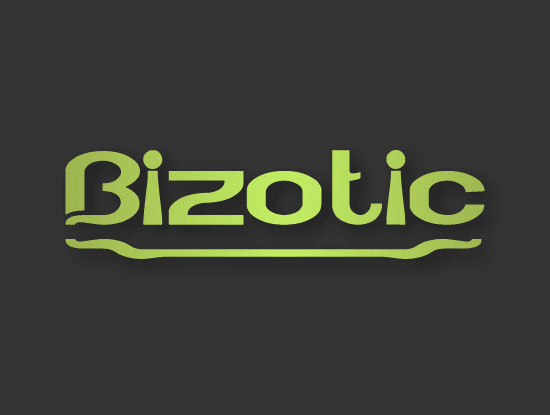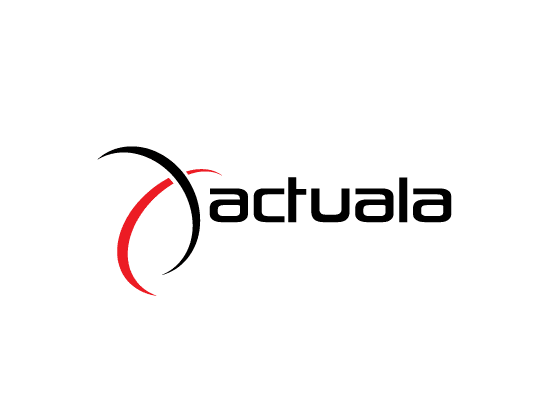These days, embracing a deeper shade of green is a wise move. As you work to make your shop more sustainable, you have more resources and more opportunities to go green. There’s also greater motivation to stay on course, as additional customers choose suppliers based on environmental performance.
As one expert said, aiming at sustainability can seem overwhelming. But like anything else, if you start with small steps, then move to larger ones, you can get there. Above all, realize going green does not require going into the red.
“Sustainability is a win-win-win situation as it brings together reducing material use, material waste, reducing cost and protecting the environment,” said Gary Jones, assistant vice president of EHS affairs for the Pittsburgh-based Printing Industry of America.
Small steps, he said, might start with examining the kind of cleaning solutions you use. If possible, switch to a low VOC, low-vapor pressure solution.
Also, look at the paper you utilize. “Most of the environmental impact is tied to paper rather than printing,” said Phil Riebel, president of Chicago-based Two Sides North America, an industry-funded non-profit promoting the sustainability of print and paper, whose membership has tripled since 2012.
“The number one thing they can do is ensure they are buying certified paper produced from well-managed forests. The certification systems they should be looking at are the Sustainable Forestry Initiative (FSI) and the Forest Stewardship Council (FSC). If you buy paper that’s certified by one or the other, you have the assurance that the forest is being managed responsibly.”
There are other eco systems that explore the complete life cycle of paper, Riebel said. One is the EcoLogo, the other the Green Seal. “These systems look at other paper making aspects, ensuring the entire life cycle is considered,” he said. “Green Seal is more focused on the recycled content of paper.”
Doreen Monteleone, sustainability specialist with Sustainable Green Printing Partnership of Sayville, NY and principal of D2 Advisory Group, said when it comes to flexographic printers, the lowest-hanging fruit comes in sizing up their current status. “Record how much water you’re using, what your energy bill is, how much waste you’re generating, your illness and injury rates,” she advises.
“Get people from each department, and on the shop floor, for feedback on where you can make improvements. People target retrofitting of lights right away. Most public utilities will come in and do an energy audit for free.
“They will look at what type of light bulbs you have and if you have motion sensors. Often, you’ll find if you retrofit your lighting fixtures, and put in motion sensors, you’ll have complete return on investment in less than two years.”
Seeking feedback from the plant floor, where employees are generating scrap material, may result in recommendations on how to reduce scrap or on materials that can be recycled. For instance, some companies catalog all their leftover ink and use it in future jobs or blend it into current ink supplies, she said.
As for larger actions, Jones recommends shops upgrade, update, or replace their technology. This can involve improving existing technology such as adding or replacing automatic blanket wash technology with systems that don’t generate liquid waste and use lower VOC containing solvents or outright replacing technology. This could involve moving to technologies that don’t demand or require the same kind of chemistry as has been used such as digital output devices. Digital devices offer certain advantages such as reducing waste by not making plates. You won’t have to use chemistry or manage waste water discharges from plate processing. However complete replacements of technology is sometimes not very realistic. People are not sitting around on piles of cash. What drives that technology is what is being printed. If you have short-run work, you may be able to produce it on a digital platform; if running long-run work, it’s not cost effective.”
Monteleone also advises examining your ink system. There are solvent-based systems, water-based systems and radiation curables, she said.
Depending on the job you’re running, it may be to your advantage to consult with your suppliers to ensure you have the lowest volatile-organic compound to work with your current system. “Maybe if you retrofit, you can go from solvent inks to the radiation curables. But that’s a big investment,” she said.
“If you have a print job that requires solvent inks, make sure you’re using the lowest VOC inks you can use. And that requires an ongoing communication with your ink supplier, because new formulations come out all the time.”
Also examine water use, which could encompass everything from how you clean up a press to whether you have low-flow toilets in your restrooms.
Much depends on whether you have control of the facility, or whether you’re renting. If you have control over landscaping, you may want to use xeriscape plants, which are plants whose growth doesn’t require a lot of water.
“If you’re buying a new building, put in gardens that require very little water,” she said. “You have to look at the whole picture, not just the print room.”
Caring Customers
Do customers care if you go green? It depends, Riebel said.
There are leading companies that prioritize sustainability and select suppliers based on environmental performance. He points to JCPenney, for instance, as a major corporate entity that uses a scorecard examining price, quality, service and environmental performance. “The big guys like Time Inc. and JCP, those big paper buyers, have sustainable paper purchasing polices,” he said. “If you want to supply these guys, it’s an important part of the mix.”
Monteleone said that after the Sustainable Green Printing Partnership was initiated in 2007, both printers and print buyers had to be made aware of the partnership. “Now there are almost 60 printers that are certified,” she said. “And printers are actually hearing from the print buyers, ’Are you certified?’”
These days, embracing a deeper shade of green is a wise move. As you work to make your shop more sustainable, you have more resources and more opportunities to go green. There’s also greater motivation to stay on course, as additional customers choose suppliers based on environmental performance.
As one expert said, aiming at sustainability can seem overwhelming. But like anything else, if you start with small steps, then move to larger ones, you can get there. Above all, realize going green does not require going into the red.
“Sustainability is a win-win-win situation as it brings together reducing material use, material waste, reducing cost and protecting the environment,” said Gary Jones, assistant vice president of EHS affairs for the Pittsburgh-based Printing Industry of America.
Small steps, he said, might start with examining the kind of cleaning solutions you use. If possible, switch to a low VOC, low-vapor pressure solution.
Also, look at the paper you utilize. “Most of the environmental impact is tied to paper rather than printing,” said Phil Riebel, president of Chicago-based Two Sides North America, an industry-funded non-profit promoting the sustainability of print and paper, whose membership has tripled since 2012.
“The number one thing they can do is ensure they are buying certified paper produced from well-managed forests. The certification systems they should be looking at are the Sustainable Forestry Initiative (FSI) and the Forest Stewardship Council (FSC). If you buy paper that’s certified by one or the other, you have the assurance that the forest is being managed responsibly.”
There are other eco systems that explore the complete life cycle of paper, Riebel said. One is the EcoLogo, the other the Green Seal. “These systems look at other paper making aspects, ensuring the entire life cycle is considered,” he said. “Green Seal is more focused on the recycled content of paper.”
Doreen Monteleone, sustainability specialist with Sustainable Green Printing Partnership of Sayville, NY and principal of D2 Advisory Group, said when it comes to flexographic printers, the lowest-hanging fruit comes in sizing up their current status. “Record how much water you’re using, what your energy bill is, how much waste you’re generating, your illness and injury rates,” she advises.
“Get people from each department, and on the shop floor, for feedback on where you can make improvements. People target retrofitting of lights right away. Most public utilities will come in and do an energy audit for free.
“They will look at what type of light bulbs you have and if you have motion sensors. Often, you’ll find if you retrofit your lighting fixtures, and put in motion sensors, you’ll have complete return on investment in less than two years.”
Seeking feedback from the plant floor, where employees are generating scrap material, may result in recommendations on how to reduce scrap or on materials that can be recycled. For instance, some companies catalog all their leftover ink and use it in future jobs or blend it into current ink supplies, she said.
Big Picture, Bigger Steps
As for larger actions, Jones recommends shops upgrade, update, or replace their technology. This can involve improving existing technology such as adding or replacing automatic blanket wash technology with systems that don’t generate liquid waste and use lower VOC containing solvents or outright replacing technology. This could involve moving to technologies that don’t demand or require the same kind of chemistry as has been used such as digital output devices. Digital devices offer certain advantages such as reducing waste by not making plates. You won’t have to use chemistry or manage waste water discharges from plate processing. However complete replacements of technology is sometimes not very realistic. People are not sitting around on piles of cash. What drives that technology is what is being printed. If you have short-run work, you may be able to produce it on a digital platform; if running long-run work, it’s not cost effective.”
Monteleone also advises examining your ink system. There are solvent-based systems, water-based systems and radiation curables, she said.
Depending on the job you’re running, it may be to your advantage to consult with your suppliers to ensure you have the lowest volatile-organic compound to work with your current system. “Maybe if you retrofit, you can go from solvent inks to the radiation curables. But that’s a big investment,” she said.
“If you have a print job that requires solvent inks, make sure you’re using the lowest VOC inks you can use. And that requires an ongoing communication with your ink supplier, because new formulations come out all the time.”
Also examine water use, which could encompass everything from how you clean up a press to whether you have low-flow toilets in your restrooms.
Much depends on whether you have control of the facility, or whether you’re renting. If you have control over landscaping, you may want to use xeriscape plants, which are plants whose growth doesn’t require a lot of water.
“If you’re buying a new building, put in gardens that require very little water,” she said. “You have to look at the whole picture, not just the print room.”
Caring Customers
Do customers care if you go green? It depends, Riebel said.
There are leading companies that prioritize sustainability and select suppliers based on environmental performance. He points to JCPenney, for instance, as a major corporate entity that uses a scorecard examining price, quality, service and environmental performance. “The big guys like Time Inc. and JCP, those big paper buyers, have sustainable paper purchasing polices,” he said. “If you want to supply these guys, it’s an important part of the mix.”
Monteleone said that after the Sustainable Green Printing Partnership was initiated in 2007, both printers and print buyers had to be made aware of the partnership. “Now there are almost 60 printers that are certified,” she said. “And printers are actually hearing from the print buyers, ’Are you certified?’”
There’s still a misconception about how green is defined in printing, Jones said. Often, it is defined as certification for paper substrates and this brings a bad connotation. There’s a cost on printer’s part to obtain that certification. However, the customer doesn’t want to pay more because of the cost of obtaining that certification. Printers have to recoup their cost, but whenever they attempt to do so, they run into





